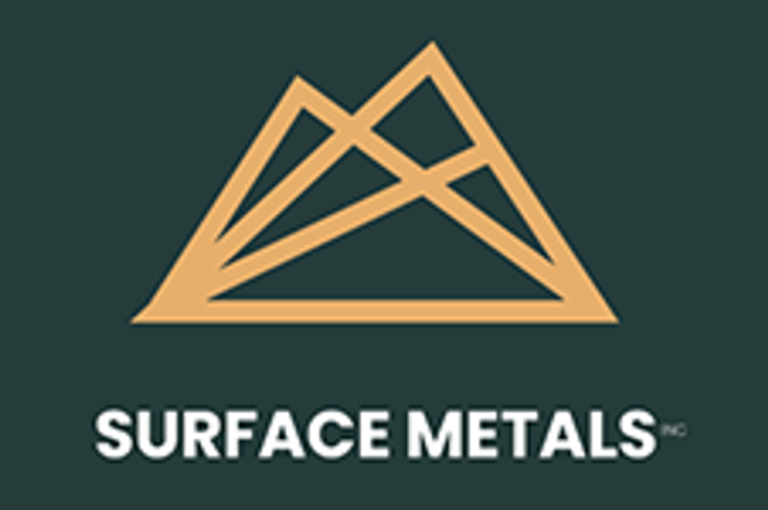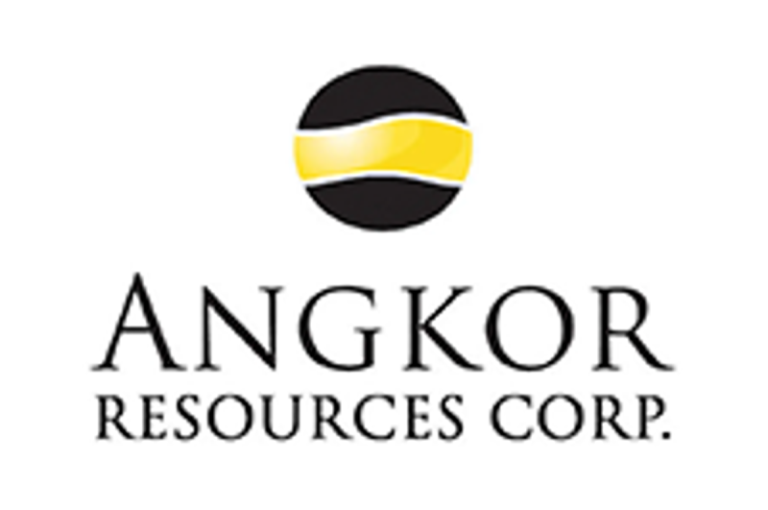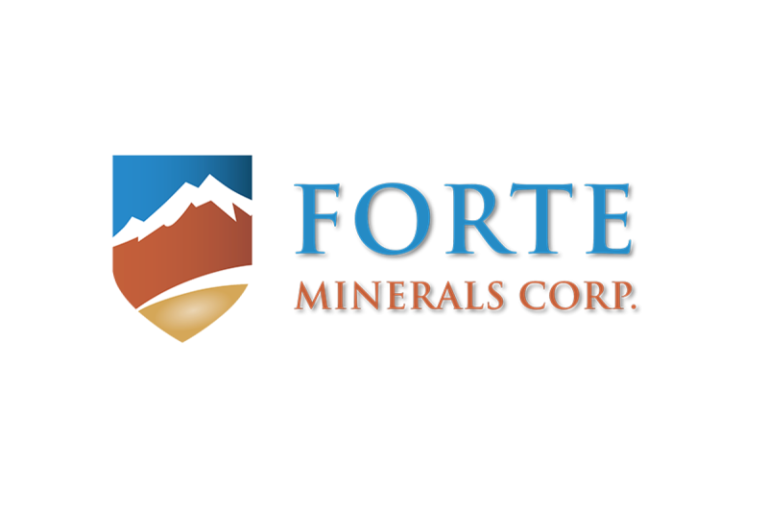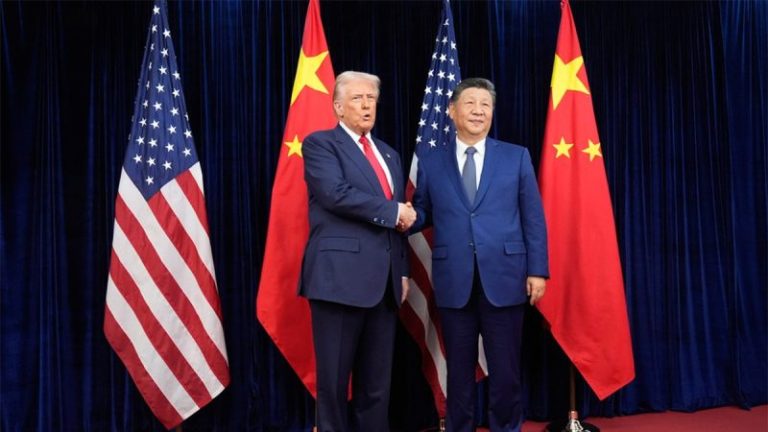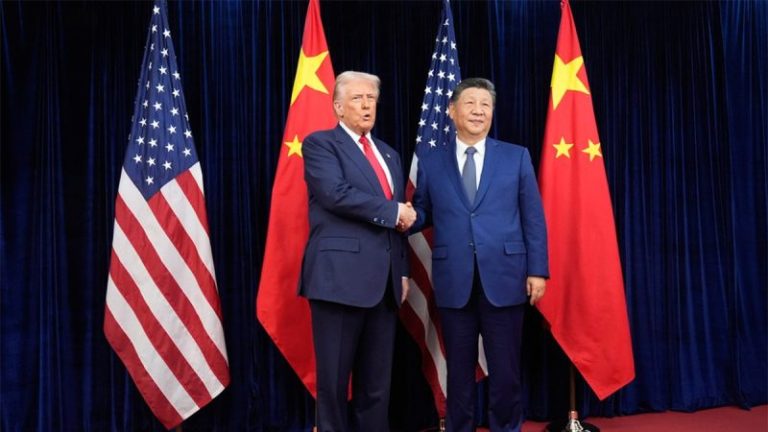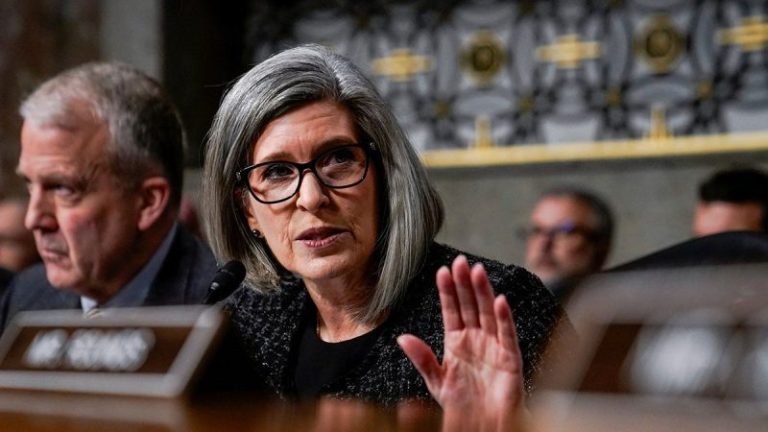Bold Ventures Inc. (TSXV: BOL,OTC:BVLDF) (the ‘Company’ or ‘Bold’) is pleased to provide links to yesterday’s Government of Ontario’s Ring of Fire news conference and news release. These developments signal progress with the access, infrastructure and First Nation partnerships in the Ring of Fire area, where Bold Ventures’ Koper Lake Project is situated.
Ring of Fire News Conference video
Government of Ontario Ring of Fire News Release
Bold’s Koper Lake Project in the Ring of Fire
The Black Horse is part of the Koper Lake Project where Canada Chrome Corporation (CACR.V) is the Operator of the chromite joint venture exploration effort.
Bold owns a 10% carried interest (through to production) in the Black Horse Chromite NI 43-101 Inferred Resource of 85.9 Mt grading 34.5% Cr2O3 at a cut-off of 20% Cr2O3 (KWG Resources Inc., NI 43-101 Technical Report, Aubut 2015). Bold also owns a 40% working interest in all other metals found within the Koper Lake claims and has a Right of First Refusal on a 1% NSR covering all metals found within the claim group.
The Black Horse is contiguous with the Blackbird Chromite deposits owned by Ring of Fire Metals (formerly Noront Resources Inc.). The Koper Lake claims are located approximately 300m from their Eagle’s Nest Ni-Cu Massive Sulphide Deposit that is in the permit acquisition stage. Chromite, nickel and copper are critical minerals that will play an important role in the electrification plans of Ontario and North America. The Company is encouraged by these ongoing developments in this emerging critical mineral mining camp.
The environmental assessment process for all-weather road access to the Ring of Fire is being developed as three proposed road projects: the Northern Road Link, the Marten Falls Community Access Road and the Webeque Supply Road. Information and progress regarding these projects may be accessed via the links provided on Bold’s critical and battery minerals page.
Burchell Gold and Copper Project
The recent mechanical stripping, mapping and channel sampling effort at the Burchell Gold and Copper Project is drawing to a close. The field crew expects to complete the program in the coming days.
There has been additional recent news from the Burchell Gold and Copper project area. Bold’s neighbour Gold X2 continues to consolidate ground proximal to the Burchell property. The details may be found at Gold X2 property purchase October 28, 2025.
Bold Ventures management believes our suite of Battery, Critical and Precious Metals exploration projects are an ideal combination of exploration potential meeting future demand Our target commodities are comprised of: Gold (Au), Copper (Cu), Nickel (Ni), Lead (Pb), Zinc (Zn), Silver (Ag), Platinum (Pt), Palladium (Pd) and Chromium (Cr). The Critical Metals list and a description of the Provincial and Federal electrification plans are posted on the Bold website here.
About Bold Ventures Inc.
The Company explores for Precious, Battery and Critical Metals in Canada. Bold is exploring properties located in active gold and battery metals camps in the Thunder Bay and Wawa regions of Ontario. Bold also holds significant assets located within and around the emerging multi-metals district dubbed the Ring of Fire region, located in the James Bay Lowlands of Northern Ontario.
For additional information about Bold Ventures and our projects please visit boldventuresinc.com or contact us at 416-864-1456 or email us at info@boldventuresinc.com.
| ‘Bruce A MacLachlan’ Bruce MacLachlan President and COO Direct line: (705) 266-0847 Email: bruce@boldventuresinc.com |
‘David B Graham’ David Graham CEO |
Neither TSX Venture Exchange nor its Regulation Services Provider (as that term is defined in the policies of the TSX Venture Exchange) accepts responsibility for the adequacy or accuracy of this release.
Cautionary Note Regarding Forward-Looking Statements: This Press Release contains forward-looking statements that involve risks and uncertainties, which may cause actual results to differ materially from the statements made. When used in this document, the words ‘may’, ‘would’, ‘could’, ‘will’, ‘intend’, ‘plan’, ‘anticipate’, ‘believe’, ‘estimate’, ‘expect’ and similar expressions are intended to identify forward-looking statements. Such statements reflect our current views with respect to future events and are subject to such risks and uncertainties. Many factors could cause our actual results to differ materially from the statements made, including those factors discussed in filings made by us with the Canadian securities regulatory authorities. Should one or more of these risks and uncertainties, such actual results of current exploration programs, the general risks associated with the mining industry, the price of gold and other metals, currency and interest rate fluctuations, increased competition and general economic and market factors, occur or should assumptions underlying the forward looking statements prove incorrect, actual results may vary materially from those described herein as intended, planned, anticipated, or expected. We do not intend and do not assume any obligation to update these forward-looking statements, except as required by law. Shareholders are cautioned not to put undue reliance on such forward-looking statements.
NOT FOR DISTRIBUTION TO U.S. NEWSWIRE SERVICES OR FOR DISSEMINATION
IN THE UNITED STATES
To view the source version of this press release, please visit https://www.newsfilecorp.com/release/272516
News Provided by Newsfile via QuoteMedia


